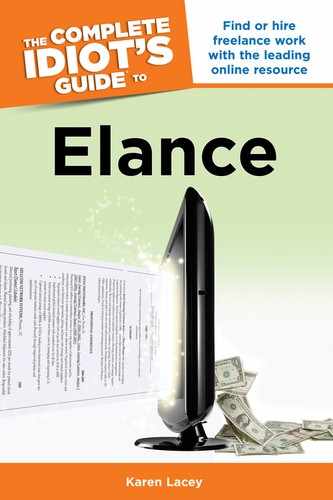A Productive Posting Structure
Creating a skeletal structure for your job postings will allow you to go back to them time and again. They will vary according to the depth and complexity of the job, the work itself, how many people are involved, etc. But you can isolate key sections within which you fill the details.
Summary
Begin with the end in mind. This description is a summary of what you want and who you are. It doesn’t need to be long; it can take just a sentence or two. But it gives contractors a general idea of what’s expected.
| BEST PRACTICES |
In presenting your job to potential contractors, the Golden Rule is a useful guide. If you were in their shoes, how would you want to be treated? Use this as your guideline and you’ll do just fine.
If you’re looking for a lead generating strategy, are you a “business that wants to increase your sales volume”? Or are you an “ecommerce business specializing in marketing garden supplies to organic vegetable growers”? The second description pinpoints the situation in a much clearer way.
Details
Next come the project details. You’ve done your homework by now and know what you want, so now’s the point where you list them. You have two angles to work with.
First, what specific qualities and parameters do you want accomplished? This includes technology, word counts, deadlines, milestones, etc. Really, it’s the meat of your project.
Next, consider what specific skills you would like your contractor to have. Is she an expert on PHP? Or has she done administrative work previously for a fast-growing start-up? Maybe you want someone who’s already been published to ghostwrite your grandaddy’s memoirs.
Whichever it is, now is your chance to lay it all out there. Bullet points work great for this. State what you want, what skills you’d like them to have, when you want it done by, and in what form you want it done. Be sure to clearly outline the milestones and deadlines.
Questions and Why You?
Next, ask your questions. Get them to explain why they should be the one to take on your project. Good contractors will jump all over this. If you have presented yourself as a professional and fair client, they will want to work for you. If they want to work for you, they will answer your questions and often come back at you with more.
It’s this beginning dance that so often isolates who the real contenders for the position will be. By asking questions, you’re putting it out into the cyber universe that you’re ready to communicate and get the ball rolling. Chances are you’ll be pleased with the results.
Streamline
The final step is to make sure your posting is concise and streamlined. You don’t want to go rambling on for ages about the intricacies of your project. The key is to deliver the facts, and just the facts, in a pleasant and upbeat way. Review your posting and make sure it’s tight and fluff-less. Contractors don’t want to have to struggle to get your message.
The Least You Need to Know
• The key is to describe your project needs as clearly as possible.
• Title your job carefully.
• Asking questions of contractors helps you see which contractors are most responsive and establishes rapport early on.
• For standard or repeat job postings, use Elance job post templates.
• Remember that your actions and professionalism are being judged by the contractors, too.
• Use the basic posting structure provided to make sure you cover every issue.
